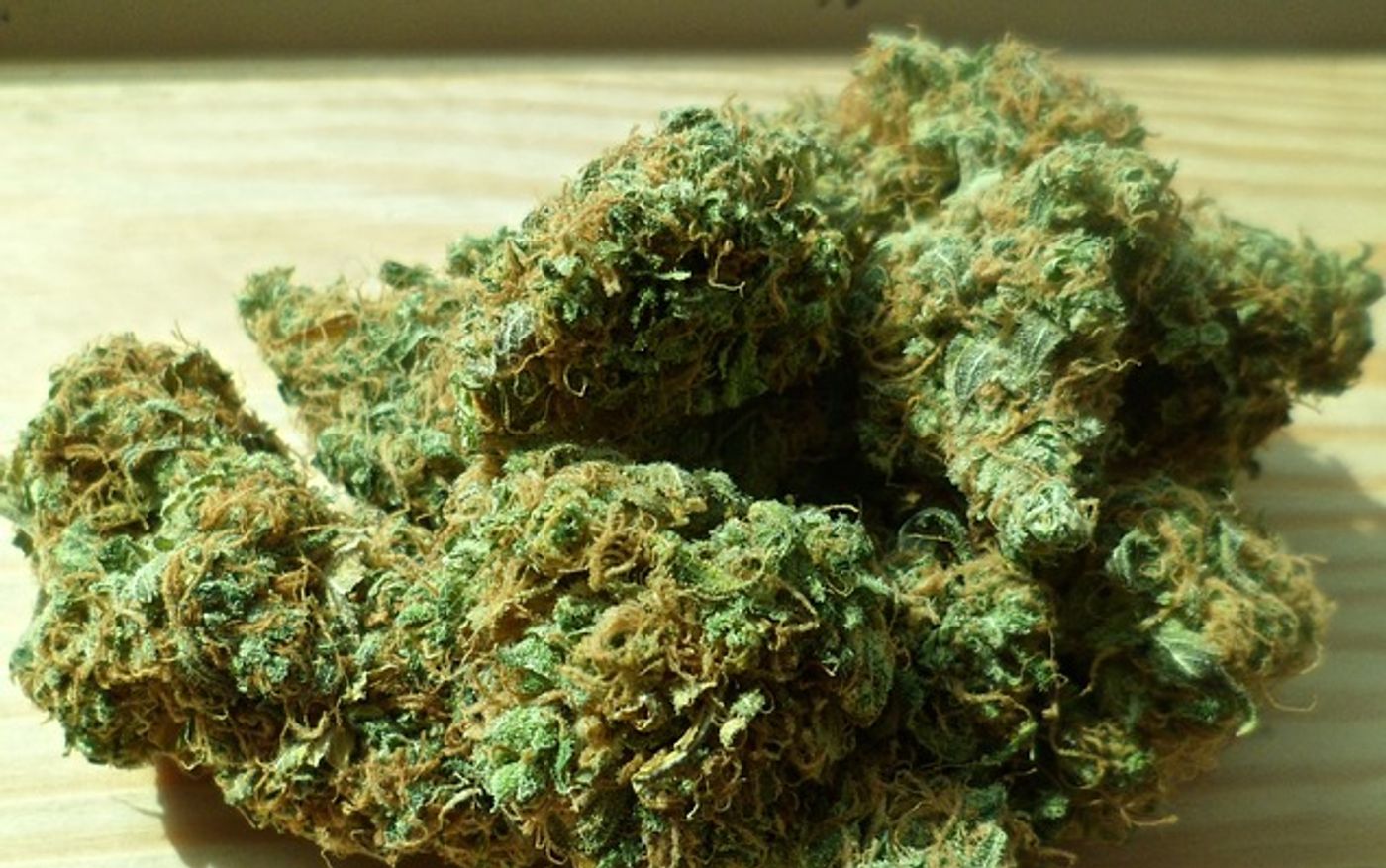The Science Behind Good Cannabis
The two main chemical components of the cannabis plant are Tetrahydrocannabinol and Cannabidiol. Tetrahydrocannabinol (THC) is the primary psychoactive component and is euphoria producing. Cannabidiol (CBD), is not psychoactive. However, CBD has been found to enhance the effect THC has on reducing pain, as well as lessen the paranoia that THC has the potential to cause.
Humans have an endocannabinoid system that exists in the body specifically to interact with cannabinoids. To date, scientists have isolated 113 discrete cannabinoids in the cannabis plant. Jonathan Rupp Strong, the scientific director at CannTest, an Alaskan based cannabis testing business, says that "there are receptors in the endocannabinoid system that these plant compounds interact with. Different strains have different amounts and different ratios, causing a different effect."
Photo Source: Pixabay.com
It is possible that the same strain of cannabis has a different effect on various users. It is also possible that a particular strain acts differently for the same user depending on the time of use and state of body while using.
So, while THC content is a factor to consider, it will not always be a direct indicator of the potency of the drug. The strength will vary depending on the complete cannabinoid makeup.
Another compound that affects how cannabis acts in the body is terpene. Terpenes are essential oils found in many plants, including the cannabis plant. Terpenes are present in different amounts and different combinations depending on the plant.
"Terpenes, by and large, are not exclusive to cannabis," Rupp Strong says. "Limonene is an example of a terpene; it's found in citrus, and it has a lemony smell. There are lots of them that have different smells (and) different potential influences on the effect of the product."
Cannabinoids and terpenes act similarly to our immune systems. When a plant is threatened or protecting itself within its environment, whether it be healing the plant or repelling insects, it produces terpenes and cannabinoids to defend its health. These terpenes and cannabinoids often do the same thing in the human body.
"Different ratios of these compounds can work together synergistically, and that will produce this different effect in the user," Rupp Strong says. Which means that strains with similar THC and CBD content can vary greatly in terms of how they affect the user based on the terpene content.
Different terpenes have different effects on the body. For example, the terpene myrcene, can reduce resistance in the blood-brain barrier and enable easier passage of beneficial chemicals. Pinene can assist in counteracting compromised cognition and memory potentially caused by THC. The combination of terpenes pinene, myrcene, and caryophyllene help to combat anxiety.
There is much that goes into qualifying cannabis as quality: taste, aroma, the high associated, the burnability or flush, strength and the effectiveness, consistency. There isn't a defined way to assess how the plant will act in a person's body, as not one person's body is the same. However, the ratio of these compounds in the plant directly affect how the stran of cannabis is experienced, but there are many other factors individual to each user that come into play.









